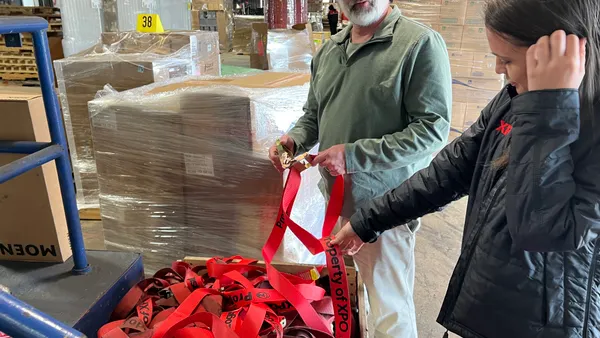For millions of employees, financial stability often feels out of reach. In a world where unexpected expenses can derail financial plans and increase stress, the importance of emergency savings accounts (ESAs) is gaining momentum. As employers look for ways to support their workforce’s financial wellness, out-of-plan ESAs are emerging as a critical piece of the puzzle, one that not only boosts retirement security but also enhances overall employee well-being.
Why emergency savings matter now more than ever
With inflation still high and household budgets tightening, 59% of Americans report they couldn’t cover a $1,000 emergency without resorting to debt. However, the average emergency expense in the US is $1,400. This reality places an immense burden on employees, impacting their productivity, mental health and overall job satisfaction. While traditional retirement accounts are essential for long-term wealth building, they’re often inaccessible when employees face immediate financial emergencies.
Enter emergency savings accounts (ESAs). These accounts allow employees to set aside post-tax dollars in a dedicated account to address short-term financial needs. Unlike costly 401(k) loans or hardship withdrawals, which can erode retirement savings, ESAs protect long-term retirement security by offering a separate, liquid option for unexpected expenses, serving as a first line of defense.
We know that having a $1,000 in emergency savings cuts in half the likelihood of a costly retirement loan or early withdrawal. This foundational financial resilience in turn drives economic mobility, including protecting and growing retirement savings - a true bridge between today and the far future.

Sid Pailla
CEO of the Sunny Day Fund
A growing industry focus on financial resilience
The benefits of ESAs are becoming increasingly evident to both employers and employees. Industry insights report employees with access to an ESA are more likely to avoid payday loans, credit card debt, and 401(k) withdrawals in the face of unexpected expenses. This not only strengthens financial resilience but also reduces the stress and anxiety that often accompany financial insecurity.
Employers offering ESAs are also seeing tangible returns. This AARP study found that employees who build emergency savings report higher job satisfaction, improved job productivity and increased retention rates.
There’s now a greater emphasis on building comprehensive benefit strategies to improve overall employee well-being. The link between financial stress, mental health, and healthcare costs is undeniable. Strategically addressing those three, interconnected wellness pillars in the benefit stack is key to addressing the needs of a diverse workforce.

Rachel Fox
VP of Sales & Partnerships at Sunny Day Fund
The link between emergency savings and retirement security
A growing body of research highlights the direct connection between emergency savings and retirement security. Without sufficient emergency savings, employees are more likely to deplete their retirement funds to cover immediate expenses, ultimately compromising their long-term financial goals.
Offering out-of-plan ESAs can prevent this scenario by giving employees a financial safety net, ensuring that retirement accounts remain intact. This approach not only safeguards employees’ futures but also reduces the administrative and fiduciary burden on employers, making ESAs a win-win solution for all parties involved.
How employers can implement emergency savings programs
Implementing an ESA program doesn’t have to be complex. Leading solutions, like Sunny Day Fund, make it easy for employers to offer ESAs as a voluntary benefit, seamlessly integrating with payroll systems to automate employee contributions. A customized plan design will encourage employees to build savings through after-tax contributions while enabling employers to add incentives that motivate employees not just to contribute but to maintain a healthy balance in the account, so the money is there for them when they need it.
"It shouldn't take 23 minutes to open a savings account, and even longer to set it up in payroll to save from the paycheck. Our Savers took less than a minute in contrast. When you pair that automation with modest employer contributions and a great interest rate, we remove the barriers and create the pathways to true workforce financial resilience."

Sid Pailla
CEO of the Sunny Day Fund
The bottom line: Fiinancial security begins with emergency savings
As the conversation around financial wellness evolves, ESAs are emerging as a critical tool for building a stronger, more financially secure workforce. By addressing short-term financial needs, employers can empower their employees to stay on track with their long-term financial goals, creating a ripple effect that enhances overall well-being, productivity, and retention.
For more insights on integrating ESAs into your benefits strategy, visit FinFit.com.









